Learn the basics of organic agriculture from soil preparation, fertilization and plant maintenance. We overview the methods most common in organic farming.
Organic agriculture is the practice of growing crops using only organic ingredients, from the fertilizer that provides nutrients to plants to the foliar spray used to prevent pests. USDA organic regulations restrict the use of conventional farming practices such as using pesticides and synthetic fertilizers.
Organically-grown food is considered premium and is often sold at higher prices than non-organic food. The popularity of organically-grown vegetables, fruits and buds may continue to grow in the consumer market.
From afar, it’s easy to look at organic gardening with skepticism, as not all methods shared in books, databases and online line-up with each other, making organic agriculture seem disorganized.
However, within the scope of organic growing a few key practices are usually followed:
- Soil testing, to analyze the nutrient profile of the soil used to grow plants in.
- Soil preparation, by mixing soil mediums, tillage of the ground, or mulching and permaculture techniques.
- The addition of organic matter into the soil, such as compost.
- The application of animal manure, for providing plants with nitrogen and other nutrients.
- Usage of mineral and bone powders as a source of nutrients.
- Mulching with leaf litter, grass clippings or hay.
- Crop inspection, removal of infected plants by hand or with natural alternatives to chemical pesticides/fungicides.
Soil Testing
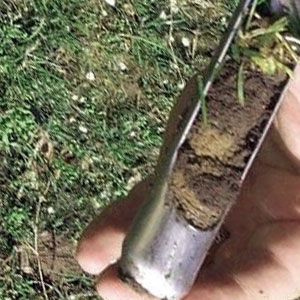
The soil in your garden or farm can be sent to a co-op for a small fee to analyze the nutrient content. This will help you better understand the right amendments to use when crop planning. There are various co-op extensions throughout the country that provide soil tests, where you can send in a sample of your own, like the UNH Cooperative Extension.
Soil Preparation
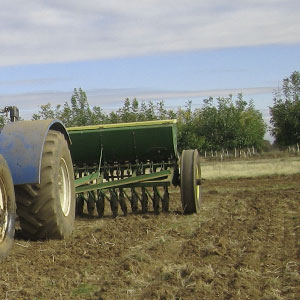
Compacted soil makes it hard for developing roots to push through and expand, which in-turn leads to less available resources for the plant to use. Optimizing the consistency of the soil plays a major role in promoting fast and healthy roots. Soil is aerated by farmers usually by tilling, with some farmers and gardeners doing more niche techniques such as permaculture and layering of soil with compost.
The microbiology of soil can only survive in a small range deeper or shallower from it’s natural habitat in the soil. This means that disturbance of soil ends up destroying some natural microbial life contained. In best practice, tilling and excessive disturbance of the soil layers are to be avoided if possible, although the trade-off of compacted soil may be worse which leaves the farmer with an ultimatum.
Introducing Organic Matter into the Soil
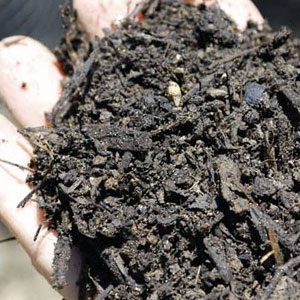
Compost is simply rotted organic matter. Adding compost to soil is good for soil structure, as the air contained helps to aerate the root zone around crops. Compost is also beneficial to the microbiology that lives within soils. As the compost decomposes, natural bacteria and fungi work to process the excess nutrients, while providing additional perks to plants such as mycorrhizal fungi, a natural fungus that helps plants absorb the mineral phosphorus and other nutrients in a sort of symbiotic relationship with the plant.
Organic matter such as compost, grass clipping and leaf litter can be incorporated into the soil. However consider withholding non-decomposed “woody” material such as wood chips, as a significant amount of nitrogen is needed which may be stolen from the plant.
The Application of Manure
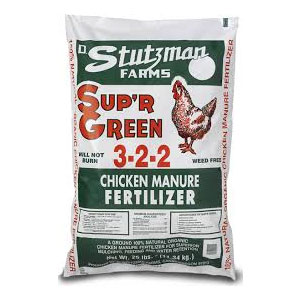
Manure is used for crops as a natural form of nitrogen and other major, minor and micro-nutrients. Chicken manure is the most commonly used animal manure in agriculture that farmers buy or produce. Rated around a 3-2-2 NPK, chicken manure is a suitable growth fertilizer for a wide range of crops. Other animal manures used include pig manure, goat manure, cow manure and more.
Vermiculture or the use of worm castings in soil has shown to be very popular among organic gardeners and farmers. The nutrient profile of worm castings is made by what ingredients were used to feed the worms.
Usage of Mineral and Bone Powders
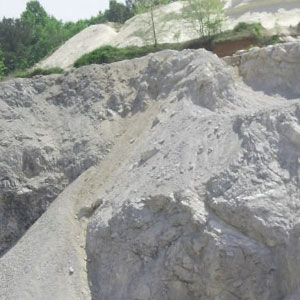
Mineral, rock and bone powders are used to alter the chemical composition of the soil, organically. Here are a few examples:
- Dolomite lime is a common soil amendment used to naturally raise the pH of soil. A soil test will determine whether lime application is necessary for your area.
- Bone meal is a high source of calcium, magnesium nitrogen, phosphorus, potassium and other vital nutrients for plant growth.
- Greensand, mined from glauconitic sandstone deposits in shallow sedimentary basins on the ocean floor, is a rich source of glauconite, high in iron, potassium and magnesium. (Thanks Erick)
Mulching
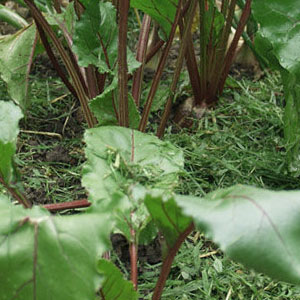
Mulch is used to cover the bare topsoil around a plant’s root-zone. A mulch helps to preserve water, as the sun’s rays make the plant perspire and lose moisture. Typically only a mulch of 1-5 inches is recommended, as thicker mulches may harbor pests and take away from the available nitrogen surrounding the plant. A thin-material mulch is preferred, such as high-nitrogen grass clippings.
Crop Inspection
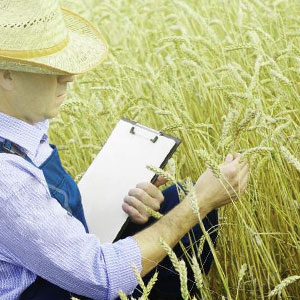
Organically-grown crops are usually more prone to pest attack and disease than crops grown using chemical pesticides. This means manual inspection of plants should be done more frequently, to try and minimize the spread of such injuries.
Natural pesticide and fungicide options include a strong and spicy oils, chili pepper, peppermint, soap, and also “alive” microbial agents.

